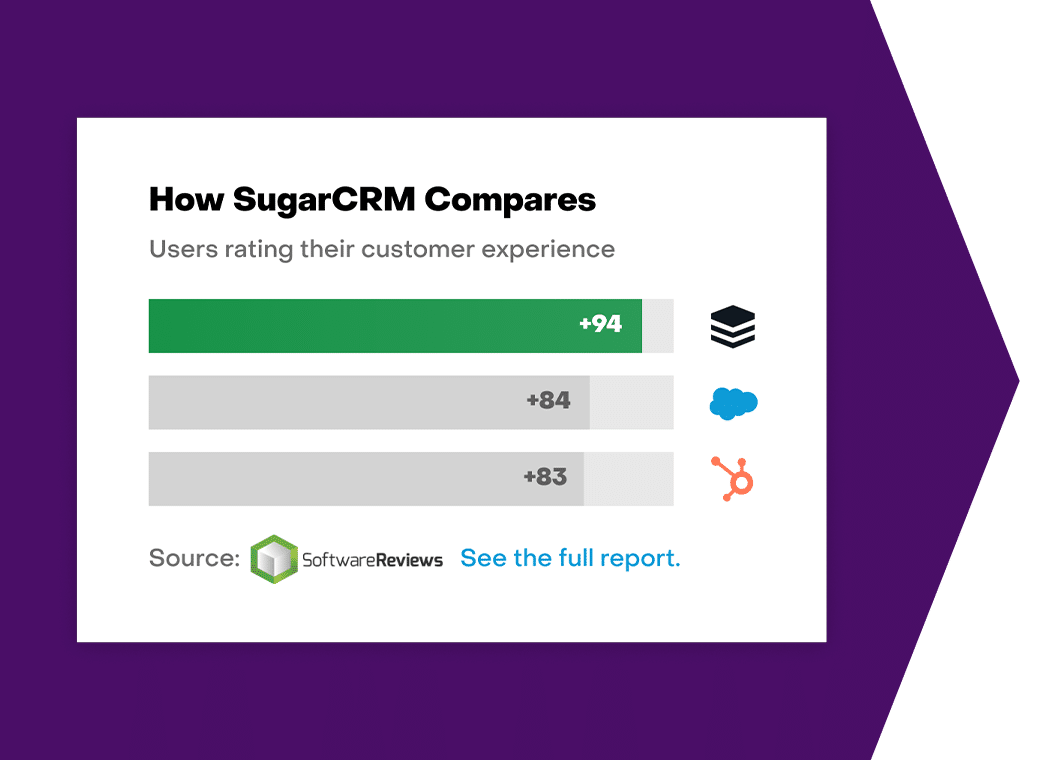The Hidden Costs of Inaction: Why You Can’t Afford to Wait on CRM
In the world of business, opportunities often come with an expiration date. It’s easy to get caught up in the promise of potential gains, focusing heavily on the Return on Investment (ROI) that a new project or initiative might bring. However, an equally crucial aspect that often goes overlooked is the Costs of Inaction (COI).
What we'll Cover:
Understanding the Cost of Inaction (COI)
The Cost of Inaction is essentially the price you pay for not taking action. It’s the hidden, often underestimated cost that accumulates over time as opportunities slip by and problems remain unsolved.
The most common drivers of inaction can generally be placed into three categories
- Lack of technical understanding
- Lack of clarity around the application
- Perceived lack of value
Organizations looking to grow cannot afford to stick with the status quo. Even market-leading organizations must recognize that in the long run. Many organizations that resisted or delayed digital transformation a decade ago have been replaced by those that embraced new tools, technologies, and methods to meet the demands of a changing market. Today, companies face a similar challenge as customer experience technologies and evolving buyer expectations transform the business landscape.
There is a significant cost associated with sticking to the same vendors and solutions despite better options being available. Despite this, we see hesitation within companies every day. Understanding the reasons for this hesitation and recognizing the value that switching providers can offer are crucial steps toward moving beyond the status quo.
While ROI calculations can show you the potential benefits of making a move, COI reveals the financial and strategic drawbacks of staying put.
The Hidden Costs of COI
Lost Revenue:
Every day that a problem persists or an opportunity isn’t seized is a day of potential revenue lost. For instance, failing to upgrade outdated technology could mean missed chances to enhance productivity and efficiency. Additionally, this hesitation can lead to falling behind competitors who are quicker to innovate and adapt to market changes. Over time, the cumulative effect of these missed opportunities can significantly impact an organization’s growth, profitability, and market position.
This is particularly impactful for organizations that don’t implement a CRM system at all and are forced to rely on spreadsheets and other inefficient, time-consuming methods of tracking customer information.
Increased Operational Costs:
Inefficiencies and outdated processes can also lead to higher operational costs. These expenses might not be immediately apparent but can significantly impact your bottom line over time. For example, CRM implementation and adoption, including training administrators and end users on a new system, can have significant time and monetary costs with many CRM solutions.
Additionally, these hidden costs can erode profitability, making it harder for your organization to invest in growth opportunities. As competitors adopt more efficient practices, your organization risks falling further behind, exacerbating the financial impact and making it increasingly difficult to catch up.
These hidden costs can also be found in your current CRM software bill over time. Many leading CRM providers increase costs with each renewal, even if they gave the organization a great deal the first go round. Additionally, many vendors require pricey add-ons for basic functionality and present multiple change orders for profiessional services provided.
Competitive Disadvantage:
In today’s climate, standing still is viewed as the same as moving backward. Competitors who embrace innovation and improvement can quickly gain an edge, leaving your business struggling to catch up. The rapid pace of technological advancements and shifting consumer preferences means that complacency can lead to obsolescence. To remain competitive and relevant, organizations must continuously adapt and evolve, proactively seeking out new opportunities for growth and efficiency.
Employee Morale and Retention:
Persistent issues and a lack of progress can demoralize your workforce, especially when they stem from poor communication and collaboration between departments due to a subpar or non-existent CRM system. This disconnection can result in high turnover rates and low employee engagement, which become costly problems in their own right. Over time, the reputation of the company as an undesirable place to work can make it difficult to attract top talent, exacerbating the cycle of low morale and high turnover. A robust CRM system can bridge these gaps, fostering better inter-departmental cooperation and enhancing overall organizational efficiency.
Customer Dissatisfaction:
Inaction can lead to declining customer satisfaction as their needs and expectations evolve. Dissatisfied customers are likely to take their business elsewhere, affecting long-term revenue and brand reputation. Moreover, in today’s competitive market, negative reviews and word-of-mouth can quickly spread, further damaging the organization’s reputation and making it harder to attract new customers. The resulting loss of market share can be difficult to recover from, as more proactive competitors capitalize on the opportunity to meet the evolving demands of the market.
A CRM system can give organizations a 360-degree view of their business, enabling them to meet evolving needs and expectations effectively. By providing comprehensive insights into customer interactions, preferences, and history, a CRM helps businesses anticipate and address customer concerns proactively.
The Cost of Inaction Calculator
To better articulate the COI for CRM, we’ve developed a Cost of Inaction Calculator. This tool is designed to provide a concrete, quantifiable analysis of what inaction is costing your business. Here’s how it can help:
- Identify Key Metrics: The calculator takes into account various business metrics such as revenue, operational costs, and market position to provide a comprehensive view of the financial impact of inaction.
- Customizable Inputs: You can tailor the inputs to reflect your specific business context, ensuring that the results are relevant and accurate.
- Visual Representation: The tool generates visual representations of the COI, making it easier to communicate the urgency to stakeholders.
- Scenario Analysis: The calculator allows for scenario analysis, helping you understand the long-term implications of different decision paths.
Click here to be taken to the calculator resource to learn what your organization may be spending by not taking action.
Next Steps: Moving Beyond the Status Quo
The goal of articulating the COI is to jolt those on the fence into action. By clearly demonstrating the financial and strategic consequences of inaction, you can create a sense of urgency and motivate decision-makers to move forward. It’s about shifting the perspective from “What do we gain?” to “What do we lose if we do nothing?”
While ROI remains a vital tool for justifying investments, integrating a robust analysis of COI into your strategy can provide a more comprehensive view of the decision-making landscape. By highlighting the true cost of doing nothing, you can drive more informed, timely, and proactive actions that benefit your business in the long run.





